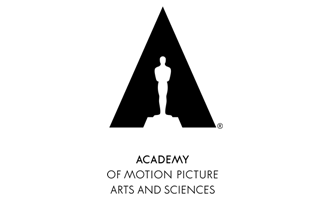KATE PLAYS CHRISTINE Director Robert Greene: What Docs Can Learn From Wrestling
Director Robert Greene (not pictured above) will join us for an International Documentary Association (IDA) co-presented Master Class on January 14 at 10am. The next day we will screen his newest film KATE PLAYS CHRISTINE at the Texas Spirit Theater at the Bob Bullock Texas History Museum.
Robert Greene’s new film has been blazing its way through the year-end Best-Of lists and we can understand why. Right now the complicated relationship and interdependence of reality and fakery is under the microscope in new and urgent ways. In some ways, Greene has been a prophet of this kind of intensive analysis. His films FAKE IT SO REAL (2012) and ACTRESS (2014) show us performers doing their acts on very different stages, in the first case they are backyard wrestlers and in the second case a retired actress trying to resume her career at the expense of her family life. He also contributed one of the best pieces about Donald Trump’s unreal appeal last May.
Greene feels that in many ways professional wrestling is one of the most important cultural art forms of the age, and even called Wrestlemania “a near perfect art experience.” He goes farther in this BFI article, finding in professional wrestling an important analogue for documentary filmmaking:
The compression of real and fake elements into one flattened presentation works with the flamboyant and ludicrous aspects of wrestling to create a feeling of escapism-through-deeper-legitimacy. Addictive escapism, of course, helps the promoters sell merchandise and the wrestlers get paid. But in the ring, because many of the guys lack acting chops and because admitting the ‘entertainment’ aspect is crucial to wrestling promoters evading the regulations of ‘authentic’ sports, the ruse is always apparent and the unreality is wholly embraced. The viewer is encouraged to see the unavoidable artifice because it exists within the framework of a highly physical, dangerous, demanding, live experience. This reinforcement of self-awareness is what makes wrestling so interesting. Think Bertolt Brecht booking a boxing match.
If we truly understand this layering in wrestling, maybe we can uncover some of the deeper ways in which nonfiction filmmakers craft their own unrealities. In documentary cinema, there is a similar need to create a sense of truth by way of inherently artificial constructs, namely shooting and editing.
This is especially apparent when developing nonfiction performances out of the recordings of real people. The production of a documentary character is the moulding of traits from exaggerated snippets of observed reality. Whether that character is created in the interview chair or by a trailing camera, success depends on the documentary filmmaker convincing his/her viewers that truth is being expressed, despite the artificial.
Also, listen as Greene further elaborates about the process of making documentary films, with a special emphasis on his newest film KATE PLAYS CHRISTINE on the Indiewire Filmmakers’ Toolkit podcast here.













